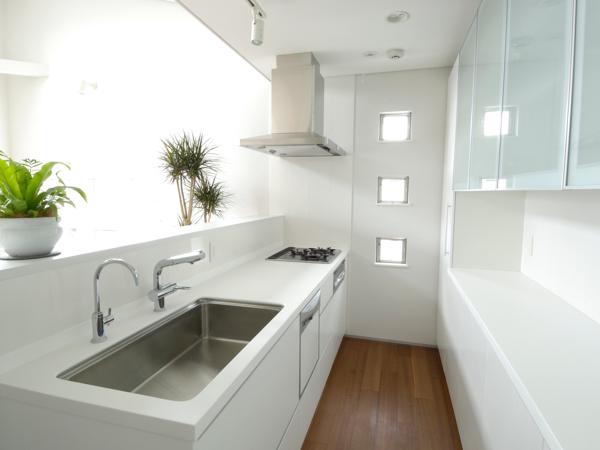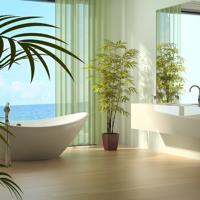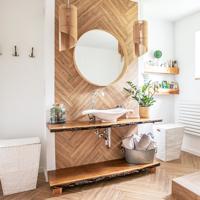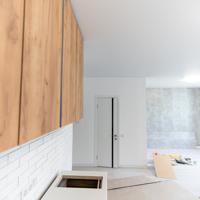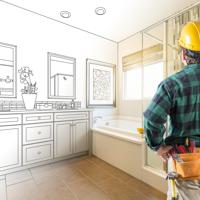Improving drainage systems is an important aspect of any home renovation project, whether you're building from scratch or upgrading an existing property. From preventing water damage to enhancing the overall aesthetic and functionality of your space, effective drainage solutions play a key role in maintaining a healthy and efficient home environment. In this article, we'll explore a variety of drainage options that you might consider, with examples to guide you along your home improvement journey.
Understanding the Basics
Before diving into specific solutions, it's useful to understand what drainage means in the context of home plumbing. Essentially, it involves guiding water away from certain areas, like the foundation of your house, to prevent pooling, flooding, and long-term structural damage.
In your home, you might be dealing with both interior and exterior drainage systems. Interior drainage focuses primarily on directing water away from areas inside your home, like basements or crawl spaces. Exterior drainage, on the other hand, deals with mitigating surface water issues by diverting rainwater and runoff away from your home.
Interior Drainage Solutions
French Drains
French drains are a common solution you might consider for dealing with water entry inside your home. They consist of a slightly sloped trench filled with gravel that contains a perforated pipe to redirect water away.
French drains can be particularly useful in basements or around the perimeter of a house to address moisture and prevent water from pooling. They are generally discreet and require minimal maintenance once installed.
Sump Pumps
You might want to look into sump pumps if your home is prone to flooding. Installed in a sump pit at the lowest point of your basement, these devices automatically pump water out when the water level rises.
Consider pairing a sump pump with a battery backup to ensure operation during power failures. While sump pumps require an upfront investment, they can be a reliable safeguard against water-related damages.
Exterior Drainage Solutions
Downspout Extensions
Extending your downspouts is a simple yet effective way to improve drainage around your home. Downspout extensions help in directing water further away from the foundation. They can often be paired with splash blocks to divert water flow even more effectively.
This solution is cost-effective and easy to implement, making it a friendly option if you're just starting out with drainage improvements.
Surface Grading
Surface grading involves reshaping the land around your home to promote proper water runoff. By creating a gentle slope away from the foundation, you can prevent water from pooling near the base of your home.
This method can be particularly beneficial if you're dealing with low-lying areas or heavy rainfall, as it helps mitigate potential flooding issues. It's worth consulting with a landscaping professional to ensure grading is done correctly.
Rain Gardens
For a more eco-friendly option, you might consider installing rain gardens. These are specially designed gardens that collect and absorb rainwater runoff from impervious surfaces like roofs, driveways, and patios.
Rain gardens are planted with native vegetation that can thrive in both wet and dry soil conditions. Not only do they enhance your landscape's aesthetic appeal, but they also reduce erosion and filter pollutants from stormwater runoff.
Additional Considerations
While addressing drainage issues can significantly increase your home's longevity and aesthetic appeal, you might find it valuable to also consider regular maintenance and inspections. Keeping gutters clear, checking for signs of water damage, and ensuring drainage systems are functioning properly can make a big difference in the long-term effectiveness of your efforts.
Moreover, each home is unique, and solutions that work well for one property may not be ideal for another. You might want to consult with a professional engineer or contractor to identify the specific drainage needs of your home and tailor solutions that fit those needs.
Conclusion
Improving your home's drainage is less about finding the so-called best solution and more about addressing specific issues with informed choices. Though the task might initially seem daunting, each step you take will likely bring noticeable benefits in terms of comfort, safety, and peace of mind.
Feel free to experiment with different options and combinations, and remember that even small adjustments can have meaningful impacts on your home’s overall drainage capacity. Whether you're a seasoned DIY enthusiast or new to home improvement endeavors, there's a drainage solution out there that can cater to your particular requirements.
By approaching drainage improvements with patience and continuous learning, you're contributing not just to the structural health of your home but also to the well-being of everyone who lives there.
